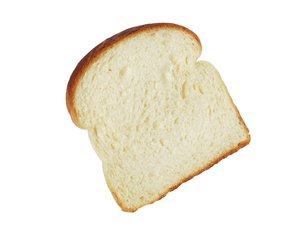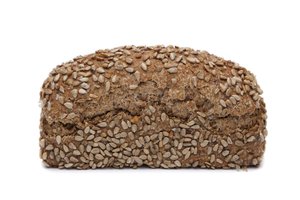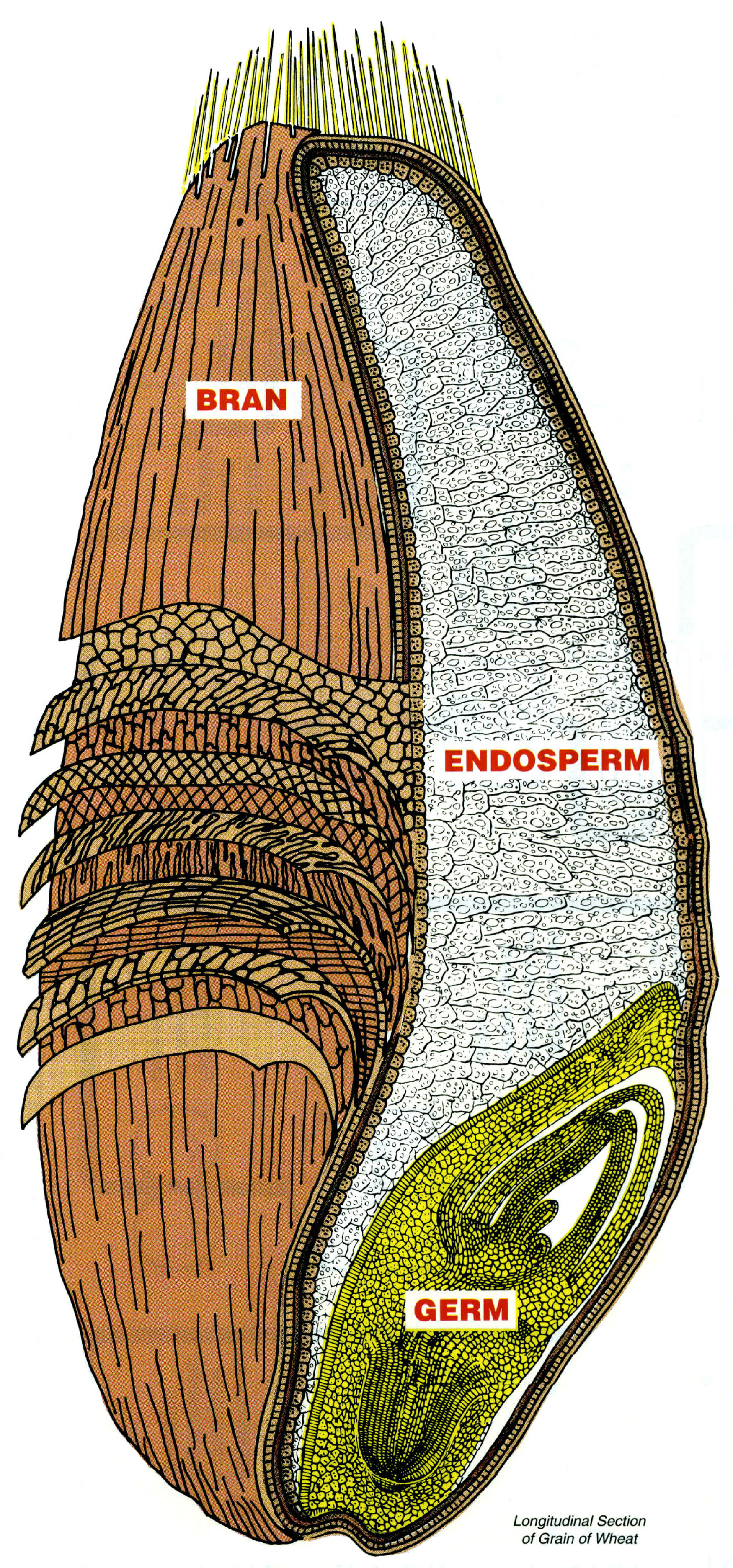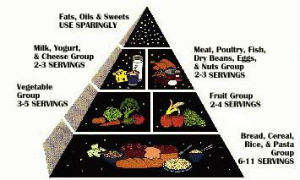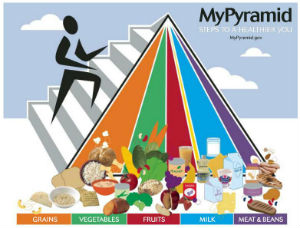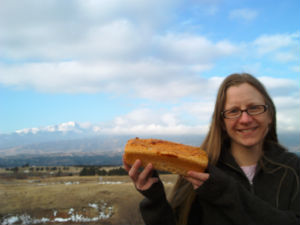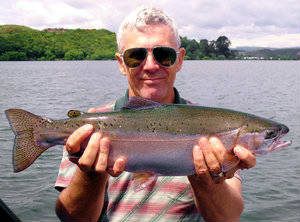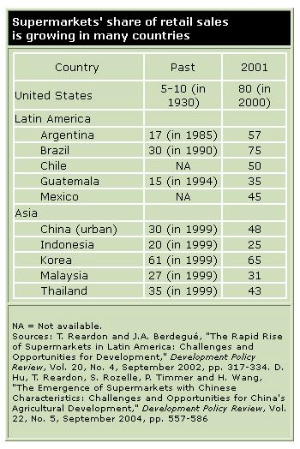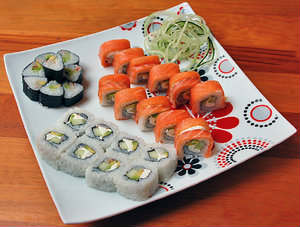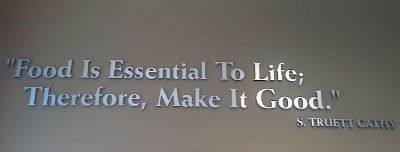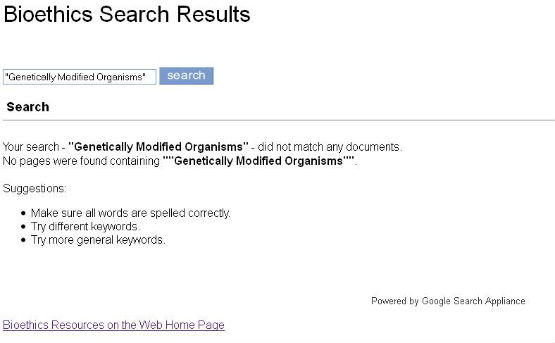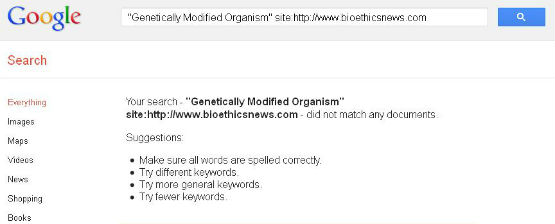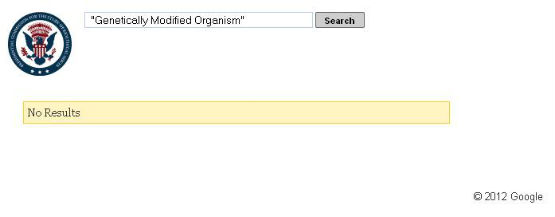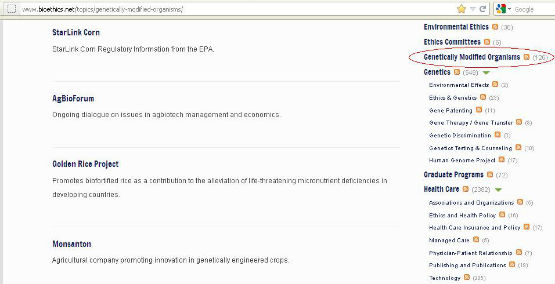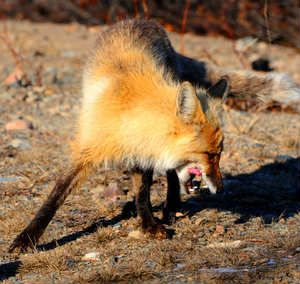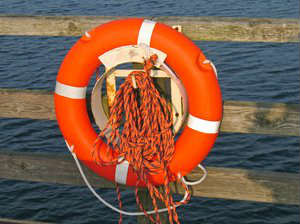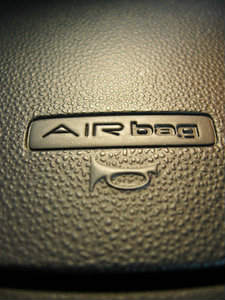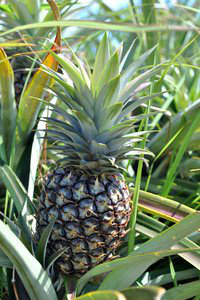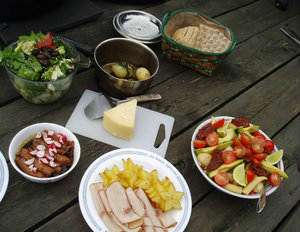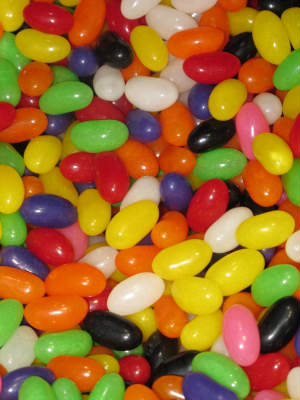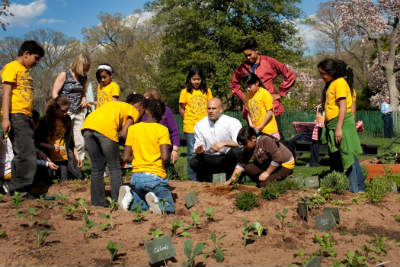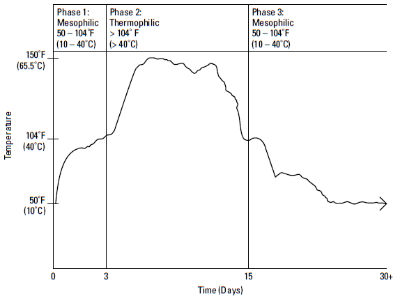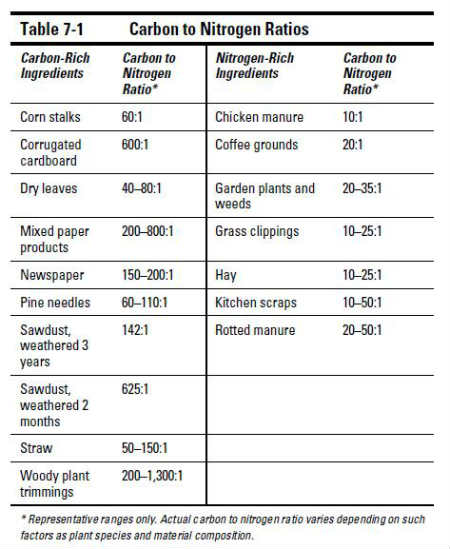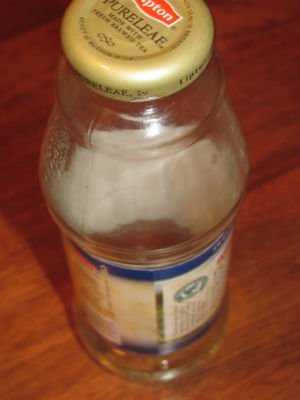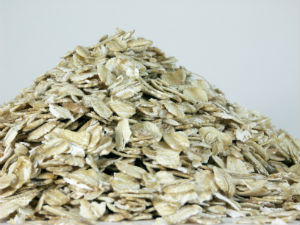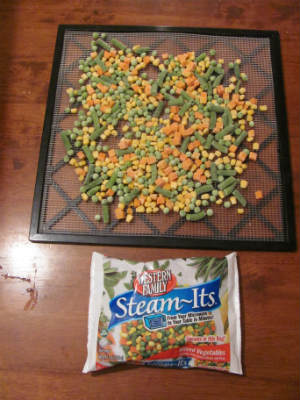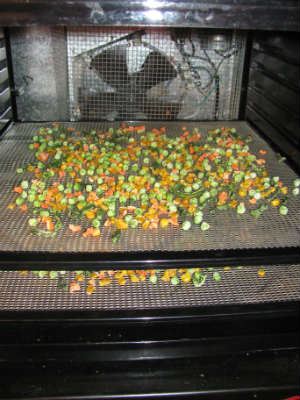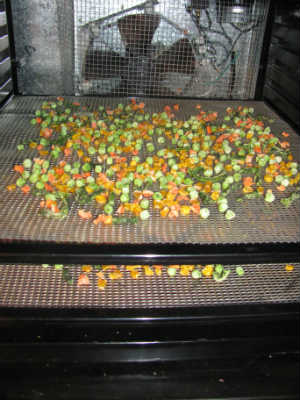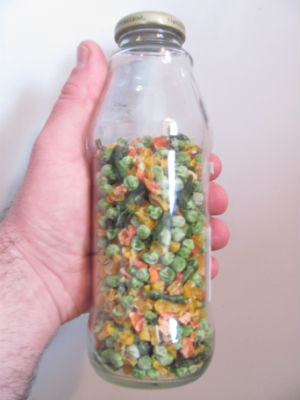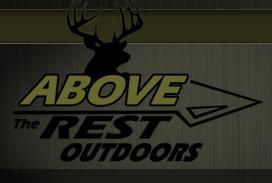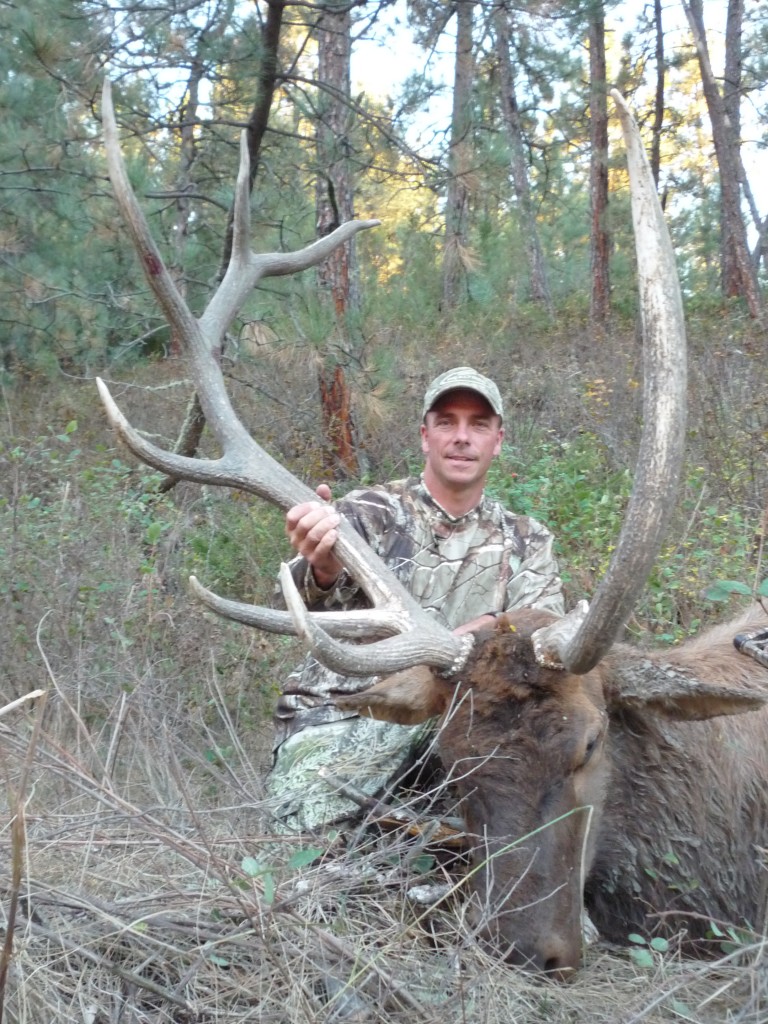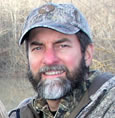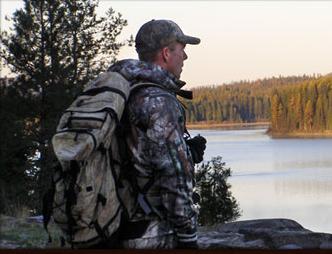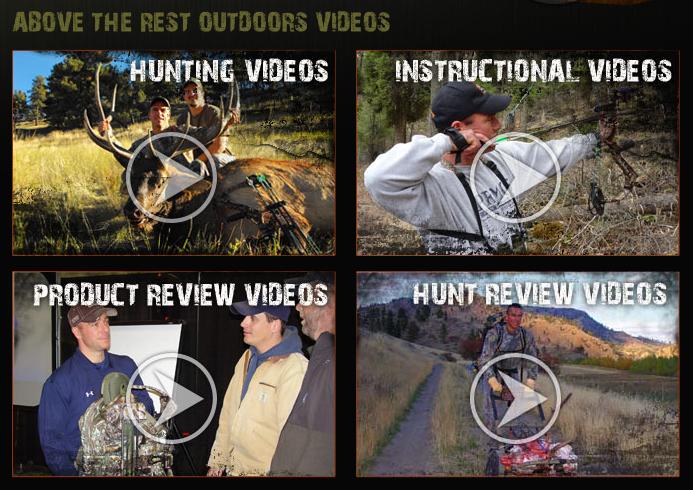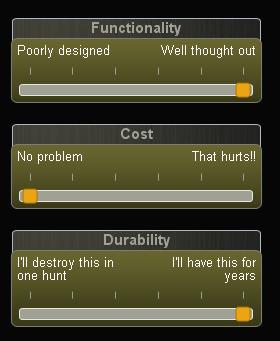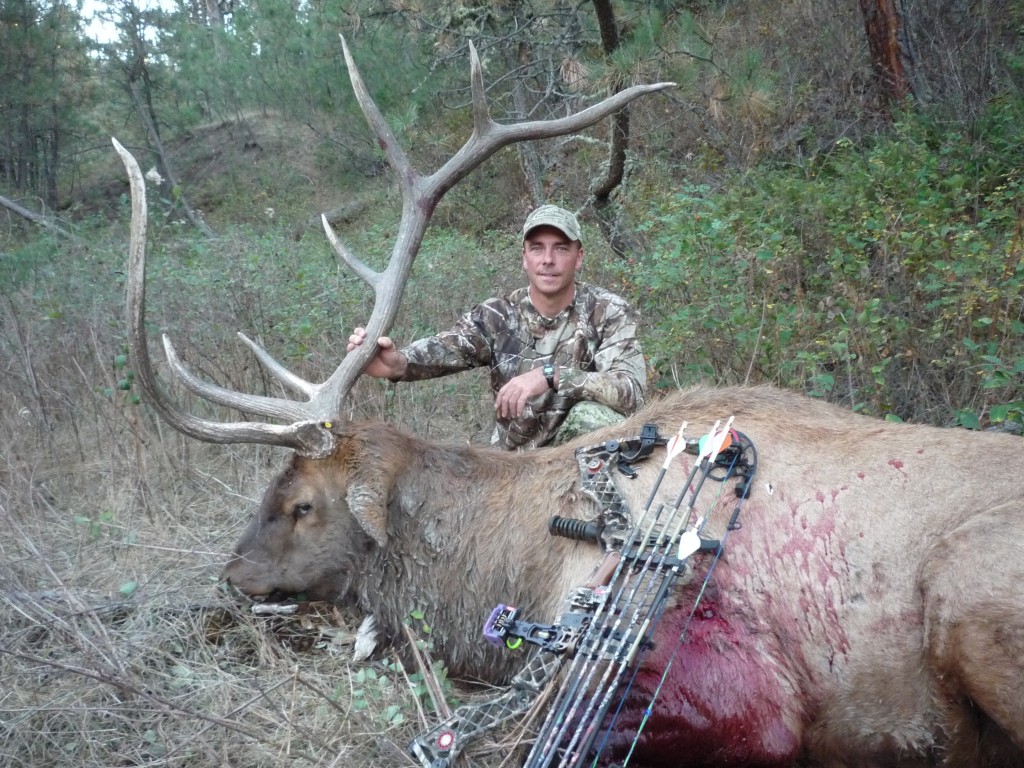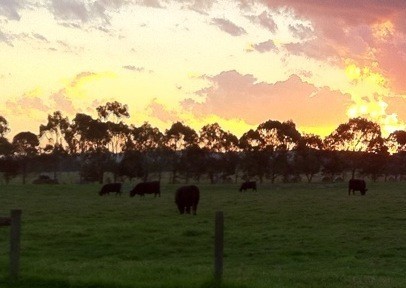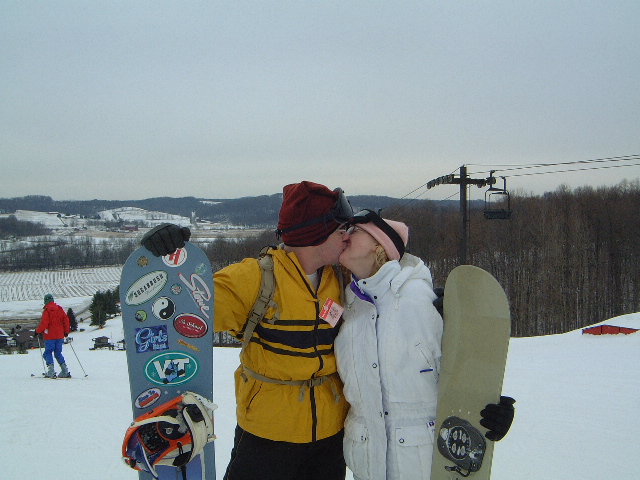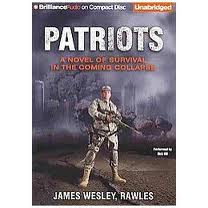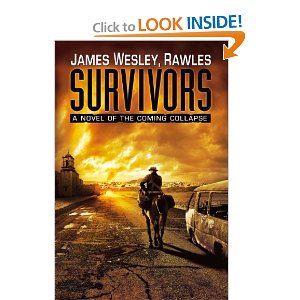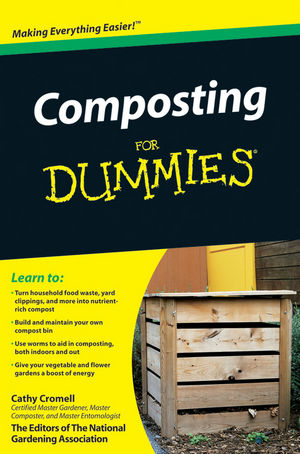
Wilson: Cathy tell us, you are a Master Gardener—how did you get into that line of work? Did it all start off as a hobby?
Cathy Cromell: I grew up in a family that gardened and spent a lot of time outdoors, so a love of plants and nature is embedded in me. I have a communications degree from UCLA and my background is in publishing. When I moved to Arizona, I read a newspaper blurb about the Master Gardener program and signed up for their extensive training class to help me sort out desert gardening. It was 3 hours per week for 16 weeks, covering basics such as soil and botany; the specifics of typical landscape plants, such as cacti or citrus; and local issues, such as drip irrigation and water conserving landscapes. I started volunteering for the program, writing about a youth garden that Cooperative Extension sponsored, and my career path rambled along from there. I eventually was employed by the Master Gardener program to write, edit and publish books specific to desert gardening and landscaping. At the time, bookstore shelves were loaded with lovely options for gardening in the East, Midwest, or Northwest, which had no relevance to conditions or plant palettes in the Southwest. Career counselors always advise to “do what you love,” so the opportunity to combine writing, publishing and gardening has been terrific for me.
Here’s my shameless plug for the volunteer Master Gardener program. It’s available in each state, as well as some Canadian provinces, and is overseen by the Cooperative Extension Service of that state’s land-grant university. (The land-grant university is charged with public outreach, sharing useful research-based information geared to residents’ needs, in this example, gardening and landscaping.) Specifics vary locally, but university and industry experts teach courses and offer training, and in exchange, you volunteer a number of hours annually (in my experience it was 50 hours the first year, and 25 hours annually thereafter), sharing what you learned in a variety of ways with the public. According to a 2009 Extension survey, Master Gardeners donated over $100 million worth of time.

Volunteering as a Master Gardener is a wonderful way to develop friendships with other gardeners, learn from them and enjoy continuing education workshops, lectures and conferences. It’s also great for plant sharing! Here’s the national Master Gardener site link or do an internet search with your state or county Cooperative Extension office and master gardener. http://www.extension.org/mastergardener. Okay, end of plug!
Wilson: No problem, that was a judicious plug! I was stationed at Ft. Huachuca, AZ back in the early 2000’s and that is where I fell in love with the beauty of the Southwest desert. I can only imagine how necessary it was to have someone put a voice to all of that knowledge set about growing down in that climate. We have gotten lots of help when we first moved to Montana from a local master gardener at church. Seek those people out and get educated! Sharing the harvest is a proper way to say, “Thank you!” (by the way).

Wilson: I look at the natural order and I consider your quote on page 9, “A single gram of soil–about the size of a navy bean–holds 100 million to 1 billion bacteria, 100,000 to 1 million fungi, 1,000 to 1 million algae, and 1,000 to 100,000 protozoa” (Cromell, 2010), and I think “Wow!” You also talk about on page 32 of who is doing all of the work. Do you still carry that sense of awe with you into the garden even after all of the scientific study?
Cathy: Absolutely. I was enchanted by nature as a kid and still am. I think it helps that I also write profiles of gardeners for a living. Gardeners are the most entertaining, inspiring, engrossing, cheerful and downright helpful people on the planet. And generous. Admire one of their plants and they’ll start potting up an offshoot or cutting for you while you continue chatting. There are a zillion distinct passions that gardeners dive into, so I learn something useful and/or miraculous—lots of things actually—every time I talk with another gardener.
Wilson: It was only after I discovered Permaculture that I truly appreciated how balanced nature is. For example, no plant-based system survives without animal input and no animal system survives without plant input. On page 36 you mention the nemesis of the gardener–“snails and slugs.” Would you care to comment on Bill Mollison’s quote, “You do not have an excess of slugs, you have a deficiency of ducks”?
Cathy: That’s both an elegant and common sense way to approach the issue, isn’t it? I recently interviewed a long-time desert dweller who remembered seeing huge 6-foot rattlesnakes on a very regular basis around his landscape back in the 1970s and 80s. Rodents and rabbits were present, too, but not a problem in numbers. As development encroached, the rattlesnake population went down, due to fear and loathing, as well as being run over by cars when their 6-foot bodies stretched across the road. Now, he very occasionally sees much smaller rattlers. Of course, the rodent and rabbit population skyrocketed, creating indignation from new residents as creatures munch on recently installed landscapes! Nature provides tidy checks and balances if we could figure out how to stay out of her way.
From comments I hear and questions I often get asked, it seems obvious that advertising has done a bang-up job in the last couple generations to demonize “pests.” They must be eradicated swiftly and conveniently before threatening the family! (And, in fairness, the media sometimes piles on with sensational stories about lurking creatures to grab ratings during sweeps week.) Not enough people are asking, “What is this insect/creature? Do I need to do anything about it? What are my options?” before jumping directly to, “What can I spray on this pest it to kill it?”
I like to share information whenever I can on Integrated Pest Management (IPM), a method that covers all available means of coping with specific pests, starting with identification and using chemicals only as a last resort. (It astounds me how many people spray chemicals around their house without knowing what the insect is, or what the chemical is.) UC Davis IPM is a good starting point for your readers throughout the West: http://www.ipm.ucdavis.edu/. Or they can check with their local County Cooperative Extension.
Wilson: You are so correct about the bad rap of “pests” or “invasive species.” I love what Toby Hemenway says about local councils organized to eradicate “invasive species” plants. Funny, how they are often cooperating with chemical spray companies who can recognize a repeat customer when they see one. Hmmmm . . . What is nature’s function for the insect or plant? What natural enemies does the plant or insect have? Too many snakes? Give cats a try. In Afghanistan I saw other NATO troops keep cats around the camp so that the cats predator skills could out compete the snakes for the rodent link in the food chain. “No mice, no snakes.”
Wilson: I am pretty new to all of the science behind composting, more specifically the C:N ratio (Carbon/Nitrogen). I had no idea that you could tune your compost pile to make it hotter. Have you heard of Jean Pain’s work with compost hot water heaters? Any thoughts on that?
Cathy: Thanks for sharing the link, I wasn’t familiar with it. It’s encouraging to me that there are people who identify a problem or issue, and then devise creative solutions that push the envelope. In the best-case scenario, their ideas can be incorporated or adapted by others in a variety of circumstances. I can return your favor and share a local example with you. Brad Lancaster lives in Tucson, Arizona, in the Sonoran desert. It’s hot and dry, obviously. City streets are paved, and existing sidewalk medians are typically barren, with very few trees lining streets as they do in some regions. All that hardscape adds to the urban heat island effect, which is rising. Although average rainfall is about 11 inches, development codes typically required that rain be shunted off residential and commercial properties as fast as possible, sending it on down the pike. Brad looks at the existing situation (Why do we waste precious rainwater? How do we get more shade to cool things off?) and over time he implements a system to retain rainwater on his property and surrounding neighborhood. Rain is channeled to soak into sidewalk medians that are now planted with desert species. The sidewalk has been transformed to provide a shady and inviting stroll, with all sorts of plant material and the urban wildlife attracted to it. Similar projects spread around the city, and Brad has become a well-known authority on rainwater harvesting, authoring two books on the subject. My description of his effort is greatly simplified, but you can find more info and photos of some of the projects at Brad’s website: http://www.harvestingrainwater.com/.
Wilson: Wow, any “system” designed to get rid of water as fast as possible is really in need of a reconsideration. Permaculture would say make the water take the longest, slowest, most productive route out of the area—so that it accomplishes the most good. Geoff Lawton describes a desert as a “flood waiting to happen.” I really wish that more Permaculture principles were taken into consideration with municipal design.
Wilson: I love your quote opening chapter 5 on page 59, “Mother Nature doesn’t enclose her organic debris in containers, yet aromatic black humus–the beneficial result of her successful composting process–covers forest floors” (Cromell, 2010). I get a real appreciation for history when I pick up a handful of humus in a forest and sift it through my fingers. What would you tell the readers about the Permaculture principle of observing nature?
Cathy: Hiking through the desert, it’s easy to spot dozens of examples of “nurse” plants. Stately saguaro and other cacti get their start in life growing in the shady canopy of desert trees such as mesquite and palo verde, which are called nurse plants. Birds sit in tree branches, leave a “deposit” that drops to the ground, and some of the seeds germinate. As the cacti mature, they grow up and through their old nannies’ canopies, no longer in need of protection. So, how does observing that natural scenario help someone grow plants in their landscape? Lots of native and desert-adapted species thrive beneath the understory of a tree where they receive sufficient light, but protection from too-intense sun, especially in summer.
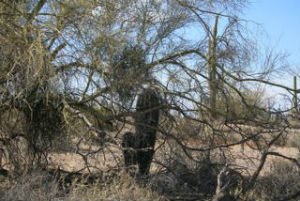
Saguaro growing beneath the protection of a Palo Verde Tree nurse plant.
You can see mature Saguaro growing in full sunlight in the background.
Getting out and about in nature is invaluable in many ways, but what nature has to teach us may not be immediately obvious. For example, I don’t know that a hike in the desert will automatically help me return home and grow better vegetables! I highly recommend that people absorb the knowledge of local experts, who are generally delighted to share it. When I moved to Arizona, I learned so much, so quickly, from others that would have taken me quite a long time to figure out on my own, even though I grew up gardening and had a fair knowledge bank. (The nurse plants were explained in a class I took at Desert Botanical Garden when I first moved here.) I encourage people to check with their County Cooperative Extension office, public gardens, municipal parks and/or water conservation offices, local garden clubs, any nature related group, such as bird watchers, plant societies, hiking groups, and so on. Groups devoted to permaculture are becoming more prevalent as the concepts spread. Of course, online sites are great, too, especially for folks in rural environments.
Wilson: I am also a huge fan of Joel Salatin who also says the same thing about soil—it truly all starts there. Soil is not just something to hold up the plant! Nurse plants are one more example of nature’s efficiency. I grew up in New England where every fall we would rake up all those “pesky” deciduous leaves. Looking back at that now, I cringe at the wastefulness of exporting all those nutrients out of the system.

Wilson: Your funny anecdote on page 105 about the softball infield benefiting from the chicken feathers really got me thinking about how many other things can be composted as opposed to sitting in a landfill. As you studied composting, what one ingredient surprised you the most as being useful for composting? What is the average family overlooking as a common composting source?
Cathy: Well, basically anything that decomposes can be composted, so people should use whatever is convenient and safe for them, but funny timing with your question. Today I was on a walking path near a desert preserve and I saw enormous puffballs of cream-colored fur, like from a cat or dog. I thought, “Oh, oh, a coyote grabbed someone’s pet,” which is not uncommon here if pets are allowed to roam at night. But a few minutes later I saw a woman on the path who was vigorously brushing one of her dogs, letting the fur globs float off in the breeze. It was no doubt much tidier than brushing fuzzy dogs in the house! Pet fur and human hair both contain nitrogen, and they are two things that most people don’t think about composting. If you know a barber or pet groomer, voila! Another really obvious source that people seem to forget is shredded documents. When shredding your personal papers to prevent identity theft, soak them in a bucket of water and add to your compost. They also make perfect worm bedding.
Wilson: Amazing!

Wilson: I loved chapter 10 on vermicomposting. My wife Chaya and I did a hilarious podcast with Paul Wheaton where he retells a funny story about his vermiculture epic failure. Are there any down sides to worms?
Cathy: None whatsoever! Well, maybe a few, depending on one’s personal tolerances and where you live. If you have worms indoors, sometimes a worm or three may escape, making a run for the border, and you’ll find a little worm body in an unexpected place. Worm bins usually support some mites as part of their ecosystem, but in my experience, this is not a problem, although I live in a very arid climate. Odors can arise. However, as I explained in Composting for Dummies, potential problems are likely the human’s fault for overloading the bin with more food than the worms can eat or not balancing the essentials such as moisture and air for your region’s temperature and aridity. Just like a regular compost pile, vermicomposting systems can be managed and problems prevented by understanding the elements required and making necessary adjustments. Like Goldilocks, it may take a few attempts to get the conditions “just right.”
On another note, people may think you peculiar for keeping worms. Although, this can just as easily be considered an advantage! I used to keep my Wormingtons in a bin in the guest bathroom. The majority of people who came out had a smile on their faces and said something like, “Wow, cool, you’ve got worms in there!” If it wasn’t someone I already knew well, I could be pretty sure that they would make congenial like-minded friends. As for the other folks—with quizzical looks and scrunched up faces, asking something like, “Why are there WORMS in your BATHROOM?” I could tell I probably wouldn’t have much in common with those vermiphobes!
Wilson: Worms inside, cool. I love these new ideas for sequestering nutrition out from the waste stream. My friend puts it this way, “take it to the dump or take it to the bank.”
Wilson: Last question: You say on page 130, “A healthy garden starts with healthy soil. You don’t need to worry about applying miracle elixirs or wielding new-fangled tools. Adding compost to garden beds is the best–and easiest–thing you can do to produce a bumper crop of vegetables and bountiful bouquets of flowers. Reread that sentence and commit it to memory!” With the ever-rising cost of food, I envision a sea change in food production hopefully not to far away in the future. Can you envision a paradigm shift in agriculture where people or even communities produce say 20% of their own food? If so, in addition to composting, what would help spark that initiative into reality?
Cathy: Wow, you raise a huge topic with all sorts of offshoots. As a kid, everyone on my street had a large productive vegetable garden, partly as a way to affordably feed a family, but also, I think, just because that’s what everyone knew and did. Kids learned from grandparents and parents how to plant, harvest and preserve. Compost piles were just there as part of the process, not something to be thought about in particular. Nobody needed to read a book about composting.
In a relatively short time frame, many drifted away from gardening for significant food production and we lost that cycle of passing information along to the next generation. I’m encouraged that growing food is on the upswing again, fueled by a variety of factors that have been well-covered elsewhere, such as health and environmental concerns about chemical use, soil depletion, and the direct and indirect costs of transporting food thousands of miles. Flavor is another factor. No wonder kids despise fruits and vegetables if they are raised on the tasteless cardboard bred for shipping and shelf life!
Movements such as Slow Food (http:/www.slowfood.com), Locavores (http://www.locavores.com), Community Supported Agriculture (http://www.localharvest.org/csa), chefs seeking out local food producers, and an increase in community and school gardens (www.communitygarden.org/ and www.kidsgardening.org/) help people understand their options and point the way to the paradigm shift you mention. Getting kids involved is key. We observed locally with a Cooperative Extension supported youth garden that kids who sow, tend and harvest their own veggies will consume those veggies with gusto and pleasure, and take the experience home to share with their family! I recall reading formal research that supports similar results. So how can we encourage school or children’s gardening in a widespread way? I appreciate that Michelle Obama is helping to shine a spotlight on the benefits, especially as related to nutrition, obesity and long-term health to jump start the conversation. It’s a huge issue.
On the other hand, I’ve seen development in my area swallow up significant productive agricultural land. The Phoenix area used to be covered with orange groves, but only a smattering remains. Recent news reports covered the expected spike in juice prices because of the fungicide scare related to Brazilian oranges. Is it economically and environmentally feasible to get enough people growing citrus in their desert backyards (often inefficiently in regards to water and fertilizer use and/or productive harvest) to replace a significant portion of our better-managed but lost local orchards? I don’t have the math skills to figure that out!
There’s also been a cultural shift in how we value (or don’t) our food preparation and meal time that needs addressing—that “fast food nation” component of gulping junk food in our cars and at our desks in lieu of a slow-paced meal that includes conversation and appreciation for carefully prepared food. Wilson, I don’t have easy answers to your question but I appreciate that you raise it for discussion!
Wilson: Sounds like we could do a whole other interview just on that topic. We have not even gotten to cover crops yet! Thank you for all of the links, and the food for thought. There is so much potential for individual contributions and plain old-fashioned backyard ingenuity.
Wilson: Cathy, great book and thank you so much for stopping by. The door is always open to you here at Pantry Paratus. Your Composting for Dummies is not available in our store, but I would tell people to check with local independent book sellers to see if they have it in stock. It is definitely within easy reach here on my shelf!
Click here to read Part 1 where I review the book Composting for Dummies.
Wilson
Pro Deo et Patria
Cromell, C., & Association, T. N. G. (2010). Composting for dummies. (p. 9). For Dummies.
Ibid. (p. 36).
Ibid. (p. 59).
Ibid. (p. 106).
Ibid. (p. 130).

